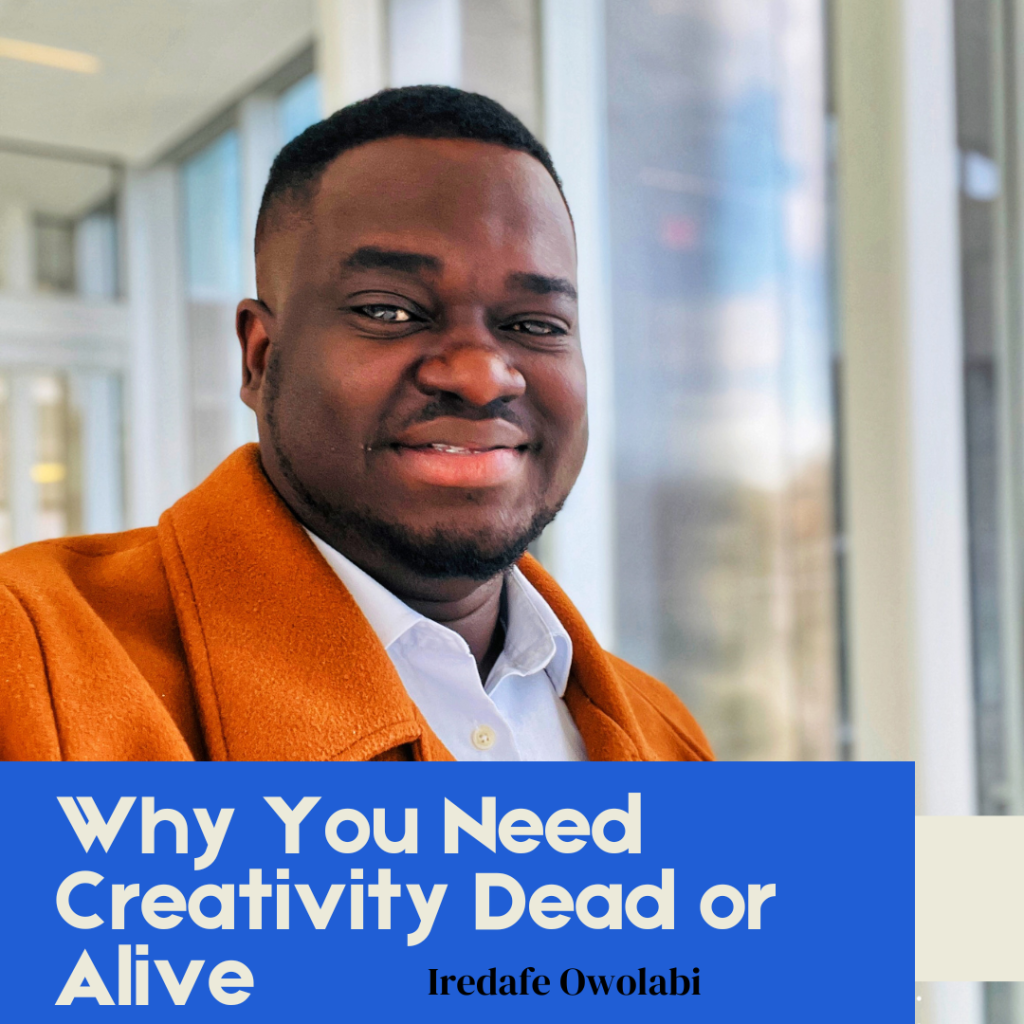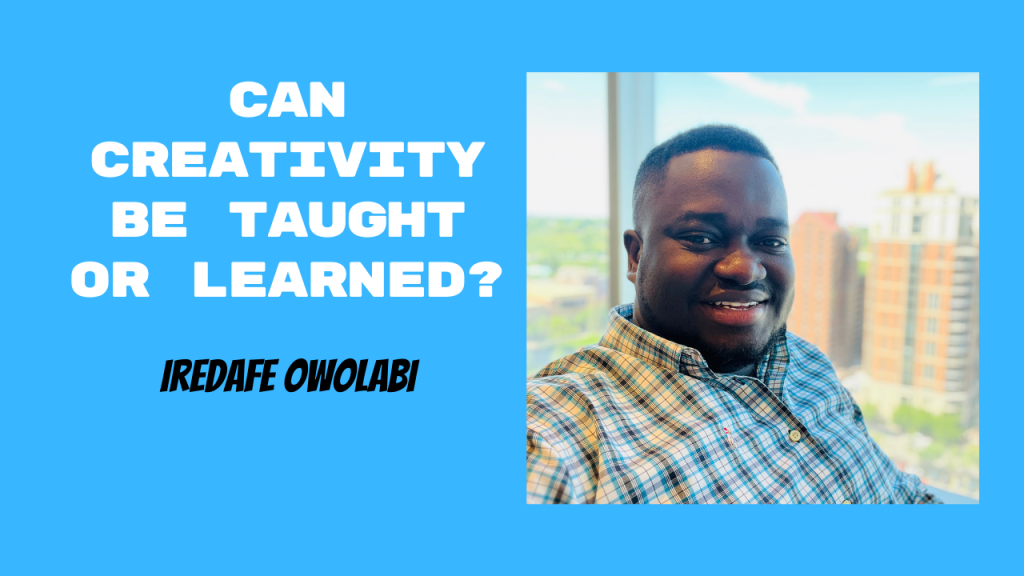Why Creativity In Leadership Is Important [3 Reasons]
https://youtu.be/1rLMpgML2Ks Why You Need Creativity in Leadership: A Comprehensive Guide Everyone seems to have a different take on what makes a great leader. However, one thing that most experts agree on is the importance of creativity in leadership. In this comprehensive guide, we will explore the role of creativity in leadership and why it is essential for success in any leadership role. By the end of this guide, you will have a deeper understanding of why creativity is a critical skill for leaders in today’s fast-paced and ever-changing world. Now, in order to further answer the question, “why do you need creativity in leadership”, it is very important that we actually sit back and try to really understand what leadership is. What Is Creative Leadership? Now the man Myles Munroe, a man that I hold in high esteem, gave a very profound definition of leadership. As a matter of fact, his definition of leadership comes out as one of the best definitions there is out there. Now, here’s how Myles Munroe defined leadership. He said, leadership is a capacity to influence others through inspiration, motivated by a passion, generated by vision, produced by conviction, and ignited by purpose. John Maxwell famously said, “Everything rises and falls on leadership.” This statement highlights the critical role that leadership plays in the success of nations, companies, sports teams, and other entities. In my observation, many leaders fail due to two primary reasons: a lack of character and a lack of creativity. Despite abundant natural and human resources, many nations remain in poverty due to a lack of creative leadership. Similarly, companies often struggle or fail because of a lack of creative leadership at various levels. Leadership isn’t just about those at the highest levels; it includes anyone in a position of influence, such as team leaders, educators, and community organizers. The goal of this blog is to help you understand the importance of creativity in leadership and how it can help you succeed in any leadership role. Additional Resource On Creativity: Where Do Creative Ideas Come From? [10 Channels Everyone Can Tap Into] 5 Ways To Build Creative Confidence and Overcome Doubt Top 3 Best Books to Enhance Your Creativity in 2024 2 Essential Types of Creativity and How to Easily Leverage Them How to Develop Your Problem Solving Skills [14 Strategies] The Importance of Creativity in Leadership Inspire Others To Solve Problems One of the primary goals of leadership is to solve problems. Whether you are leading a small team or a large organization, you will inevitably encounter challenges that require creative solutions. Creativity is essential in problem-solving because it allows leaders to think outside the box and come up with innovative ideas. For example, consider the case of Steve Jobs and the creation of the iPhone. When Jobs set out to develop the iPhone, he faced numerous technical challenges and design constraints. However, his creative vision and ability to think differently allowed him to overcome these obstacles and create a revolutionary product that changed the way we communicate. Similarly, leaders in any field must be able to think creatively and come up with innovative solutions to the problems they face. Whether it’s finding new ways to increase revenue, improve customer satisfaction, or streamline operations, creativity is essential for success in leadership. 2. Inspire Followers To Create Value Through Creativity Another important aspect of leadership is creating value. Leaders must be able to provide value to their customers, shareholders, employees, and other stakeholders. Creativity plays a crucial role in creating value because it allows leaders to identify new opportunities and develop innovative products, services, or solutions. For example, consider the case of Elon Musk and Tesla. Musk saw an opportunity to disrupt the automotive industry by creating electric vehicles that were not only environmentally friendly but also technologically advanced and stylish. His creative vision and ability to think differently allowed him to create a brand that has become synonymous with innovation and sustainability. If you would like to develop your creativity in a way that helps you bring your dormant ideas, gift and skills to life, grab a copy of “Ignite Your Creativity” here. Leaders who are able to think creatively and create value are more likely to succeed in today’s competitive business environment. By developing new products, services, or solutions that meet the needs of their customers, leaders can differentiate themselves from their competitors and create a sustainable competitive advantage. 3. Leverage Resources Through Creativity Finally, creativity is essential for leaders to leverage resources effectively. Whether it’s human resources, financial resources, or technological resources, leaders must be able to maximize the use of these resources to achieve their goals. For example, consider the case of Jeff Bezos and Amazon. Bezos saw an opportunity to leverage the internet to create a global marketplace that could offer a wide range of products at competitive prices. His creative vision and ability to think differently allowed him to build a company that has revolutionized the way we shop. Leaders who are able to think creatively and leverage resources effectively are more likely to succeed in today’s fast-paced and ever-changing business environment. By identifying new opportunities and finding innovative ways to use their resources, leaders can drive growth, increase profitability, and create value for their stakeholders. Listen to this podcast below to get more insights into this. How to Develop Creativity For Leadership Now that we have explored the importance of creativity in leadership, let’s discuss how you can develop this critical skill. Here are some tips to help you become a more creative leader: 1. Embrace Failure: Failure is a natural part of the creative process. Instead of fearing failure, embrace it as an opportunity to learn and grow. By taking risks and trying new things, you can develop your creative thinking skills and become a more innovative leader. 2. Encourage Creativity in Others: As a leader, it’s essential to create a work environment that encourages creativity in others. Encourage your team members to
Why Creativity In Leadership Is Important [3 Reasons] Read More »

![Why Creativity In Leadership Is Important [3 Reasons] 1 Creativity In Leadership](https://iredafeowolabi.net/wp-content/uploads/2024/02/Simple-blog-post-Instagram-Post-6-1024x1024.png)
![Where Do Creative Ideas Come From? [10 Channels Everyone Can Tap Into] 3 Where Do Creative Ideas Come From](https://iredafeowolabi.net/wp-content/uploads/2024/02/Where-do-creative-ideas-come-from-1024x576.png)
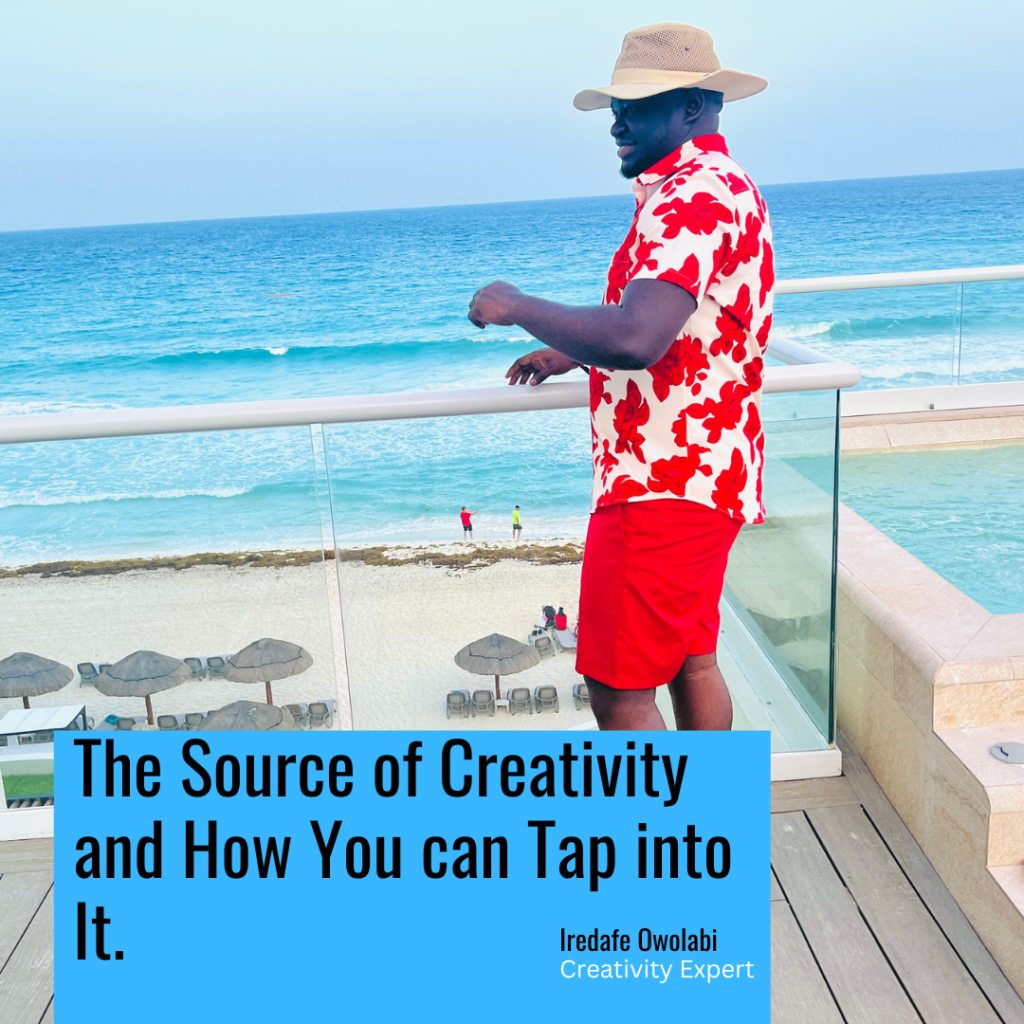

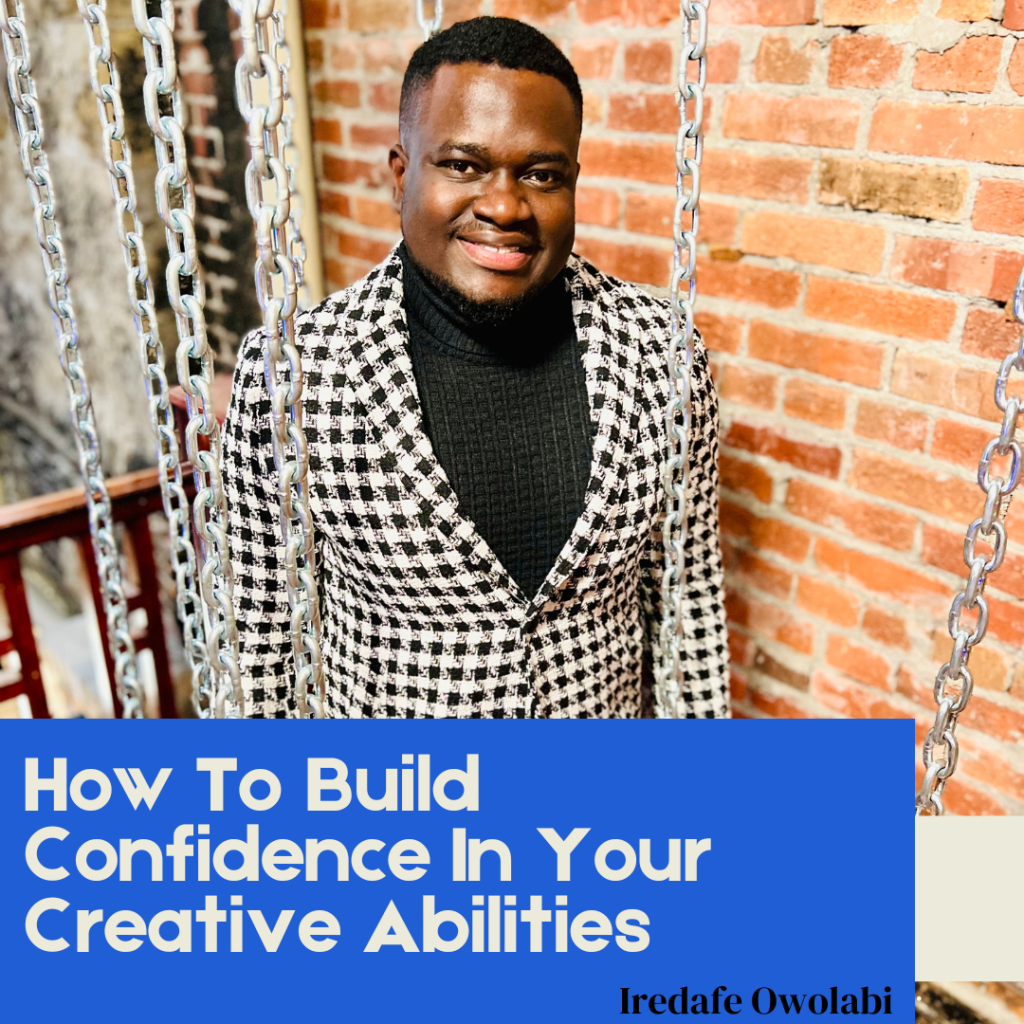
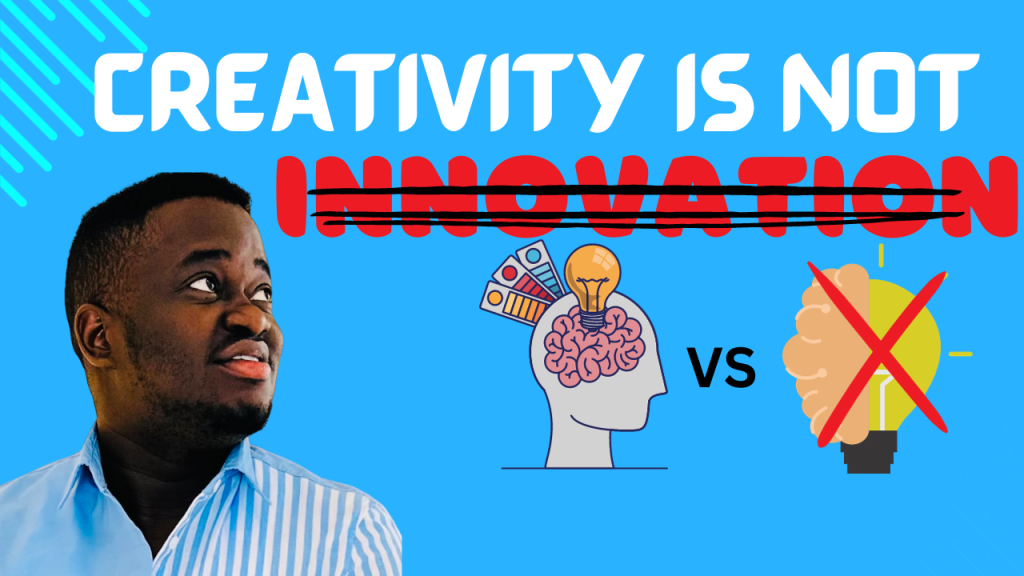
![5 Steps To Break the Curse of Creativity [What, Why and How to Unlock Your Potential] 12 Break the curse of creativity](https://iredafeowolabi.net/wp-content/uploads/2024/02/Marketing-Blog-YouTube-Thumbnail-2-1024x576.png)
